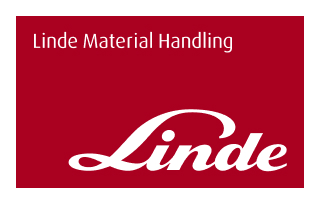- Blog
- Technical


When it comes to running an efficient warehouse or industrial operation, forklift maintenance is not just a box to tick; it’s a key factor in keeping your business safe, productive, and cost-effective. Whether you own your fleet or rely on a forklift rental service, a smart maintenance strategy helps reduce breakdowns, prevents workplace incidents, and extends the working life of your machines.
At Linde Material Handling Australia, we believe a planned approach to maintenance is the only way forward, no matter what type of forklifts you operate.
Skipping or delaying maintenance can cost more than you think. A neglected forklift is far more likely to experience sudden breakdowns, pose safety risks, and cause costly disruptions to your operations.
Here’s what poor maintenance can lead to:
By putting a forklift maintenance plan in place, you’re shifting from a reactive model (fixing things when they break) to a proactive strategy, which is identifying and addressing issues before they become costly problems.
Creating a sound maintenance plan means covering all your bases. Here are the key components to get right:
Routine inspections help you spot issues early and keeps your forklifts in peak condition. Inspections should be tailored by usage intensity and forklift type.
Different models require different maintenance needs:
Documentation isn’t just admin, it’s a critical part of your maintenance strategy which:
Using digital tools or fleet management systems can make tracking this data easier and more reliable.
Operators are your first line of defence. When staff are trained to recognise early signs of trouble, minor issues can be caught before they escalate.
Different forklifts have different needs. Planning maintenance based on the type of equipment is essential.
For businesses using an electric forklift (specifically those powered by lead-acid batteries), regular attention to battery health and electronics is crucial.
Electric forklifts are generally cleaner and lower maintenance but still require consistent care to prevent costly repairs.
Many operations use a combination of electric, diesel, and LPG forklifts. Managing a hybrid fleet means knowing the unique needs of each type, and coordinating maintenance schedules accordingly.
Linde supports mixed fleets with:
Whether you own the equipment or use a forklift rental service, we help keep every machine in your fleet running smoothly.
If you’re using a forklift rental service, it’s important to understand who handles the maintenance. In most cases, the provider is responsible, but the level of support can vary.
With Linde Material Handling, our rental service includes:
This means you can focus on your operations while we keep your forklifts compliant and high-performing.
Strategic forklift maintenance is all about planning ahead, and choosing the right support. Whether you’re maintaining your own fleet or using our forklift rental service, Linde Material Handling Australia has the tools, technicians, and expertise to keep your operations moving.
Reach out to our team today to learn more about our forklift servicing options, or to schedule a maintenance plan tailored to your needs. Let’s keep your fleet safe, reliable, and ready for the job.
REQUEST A SERVICE